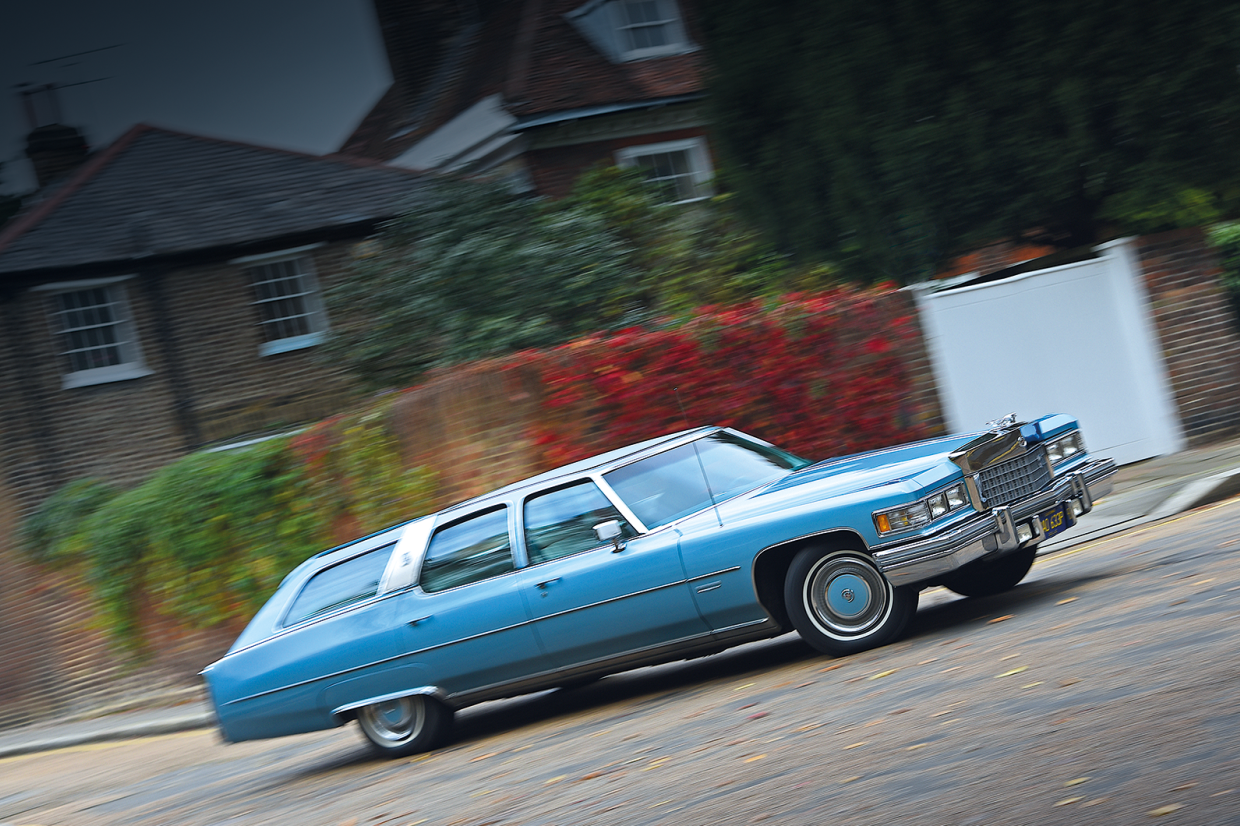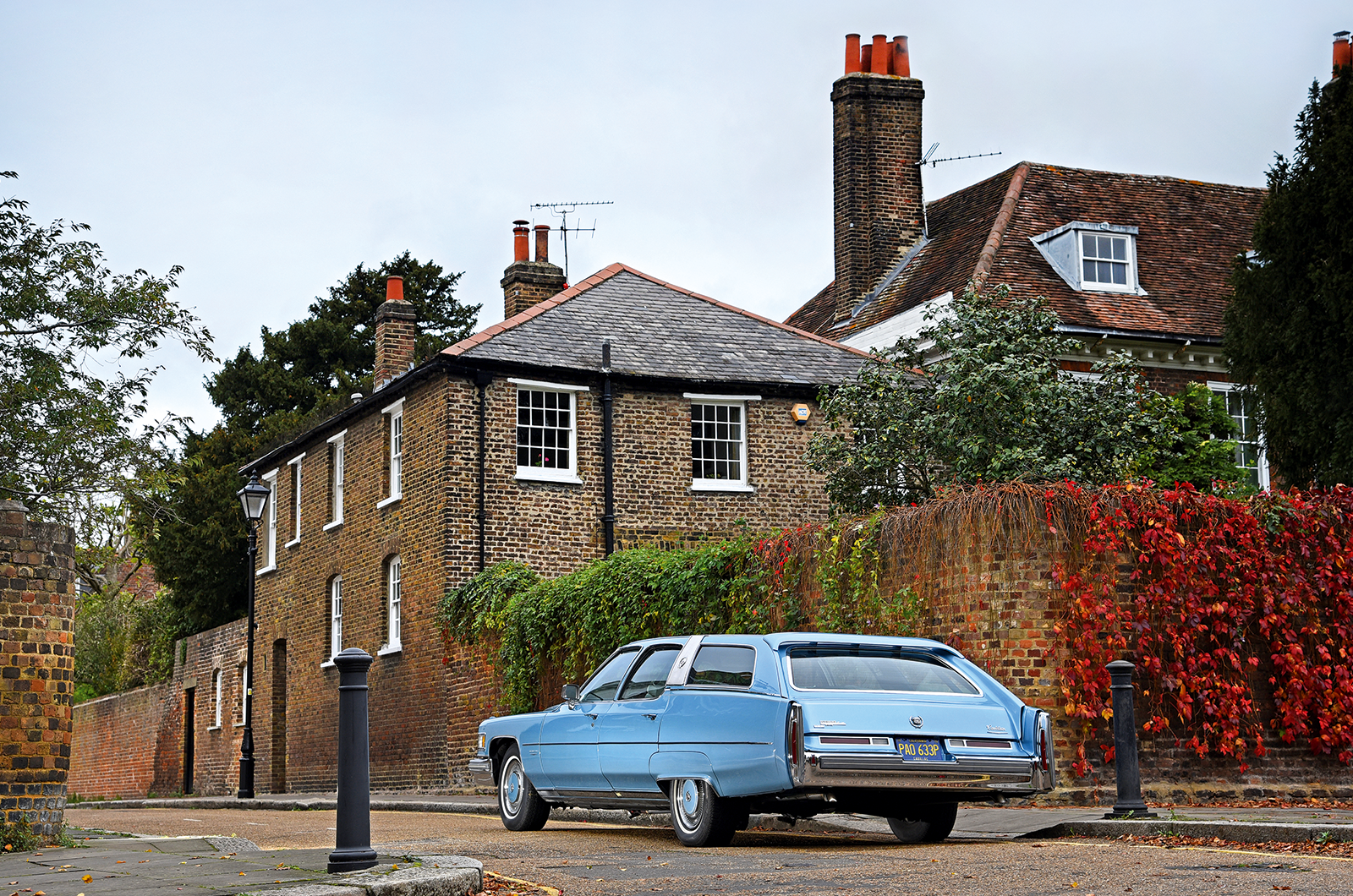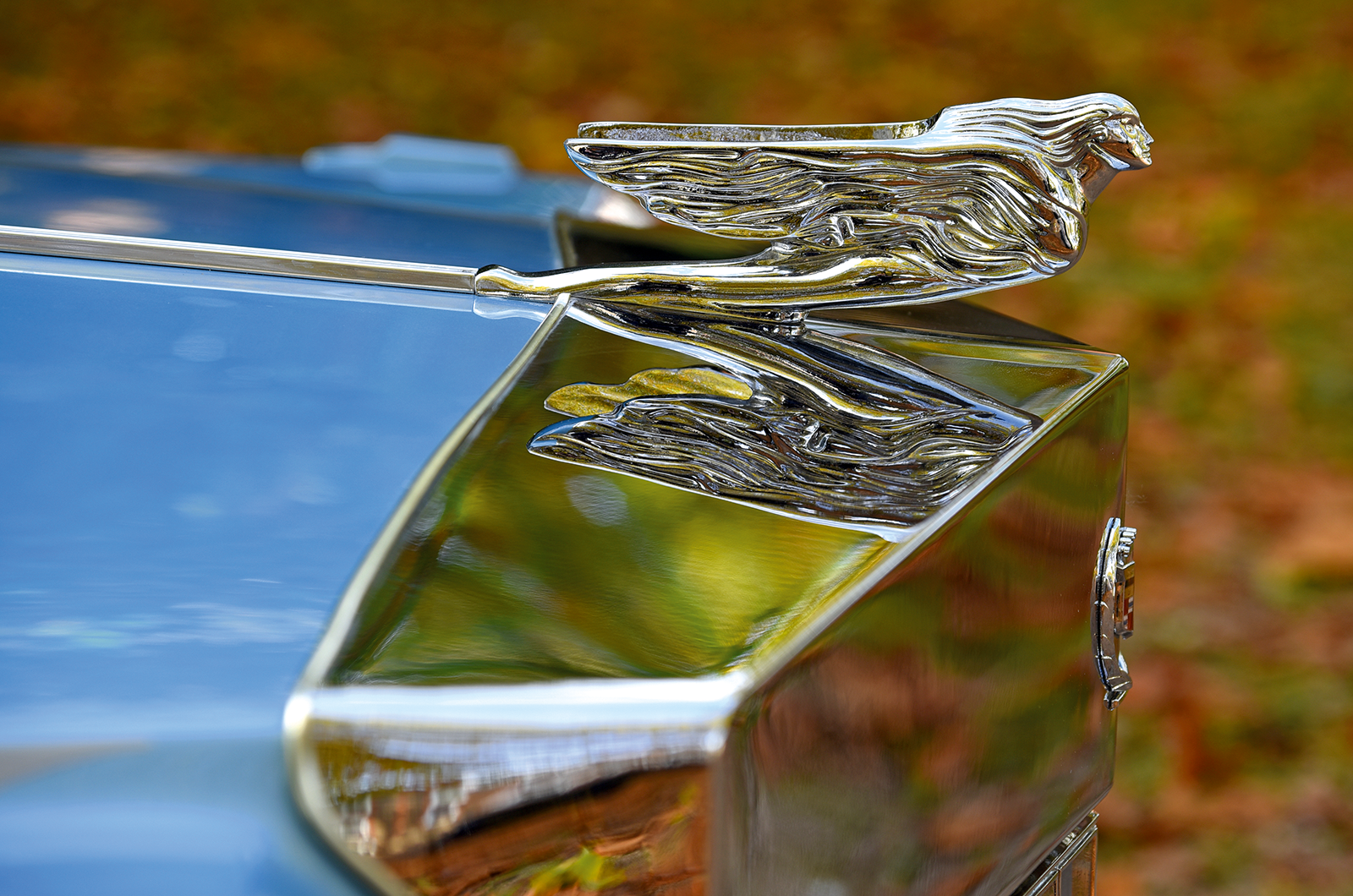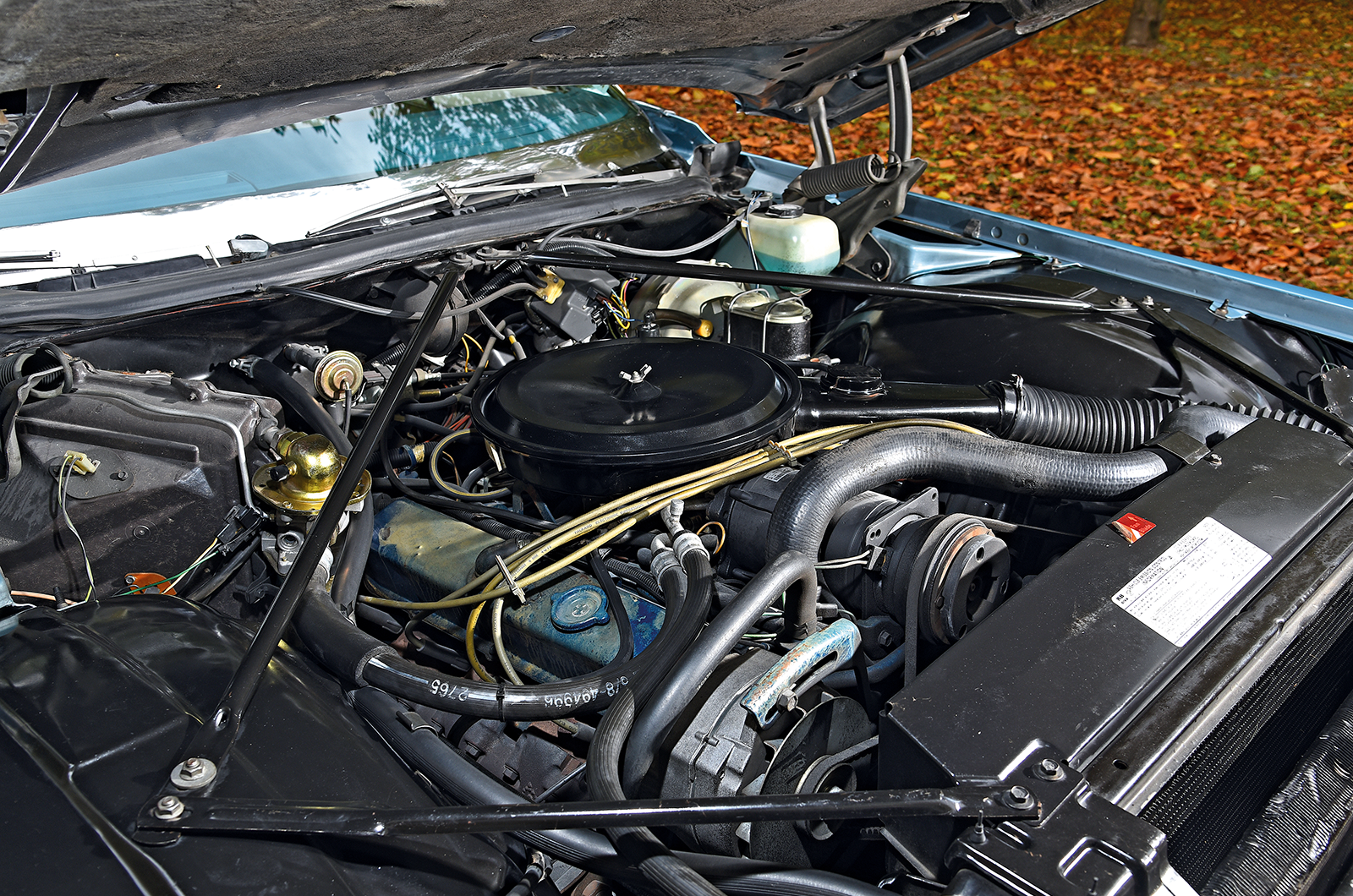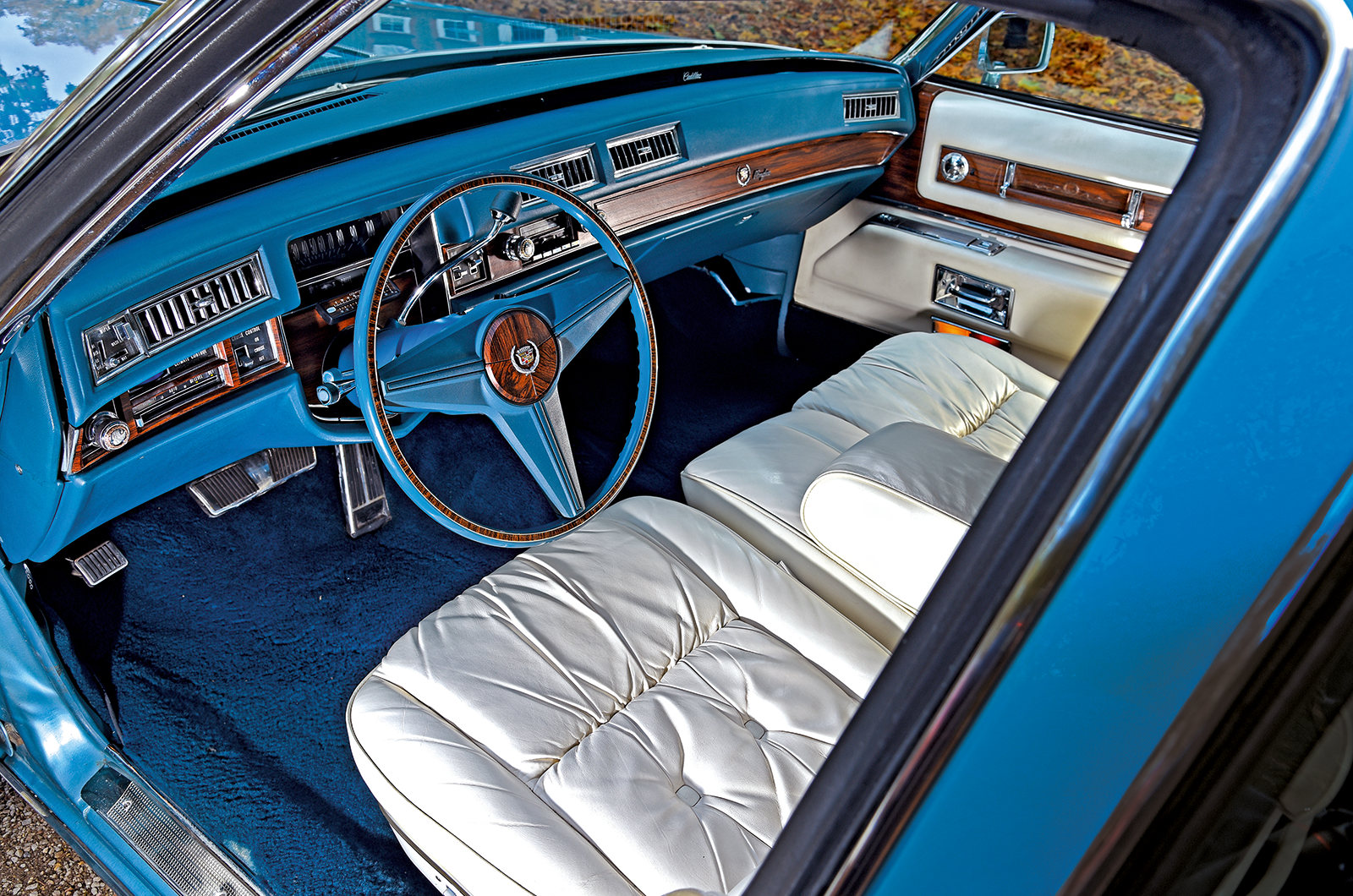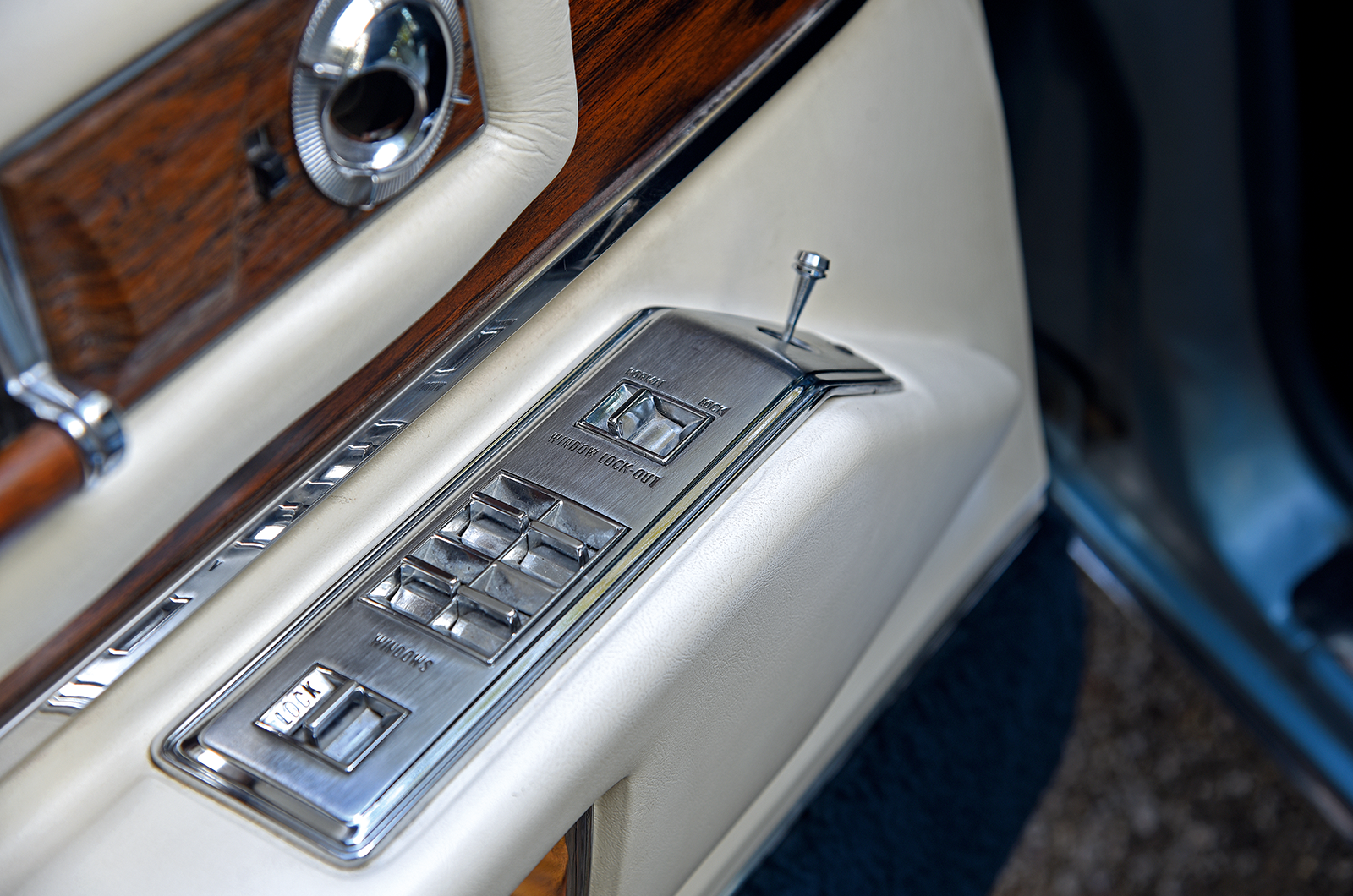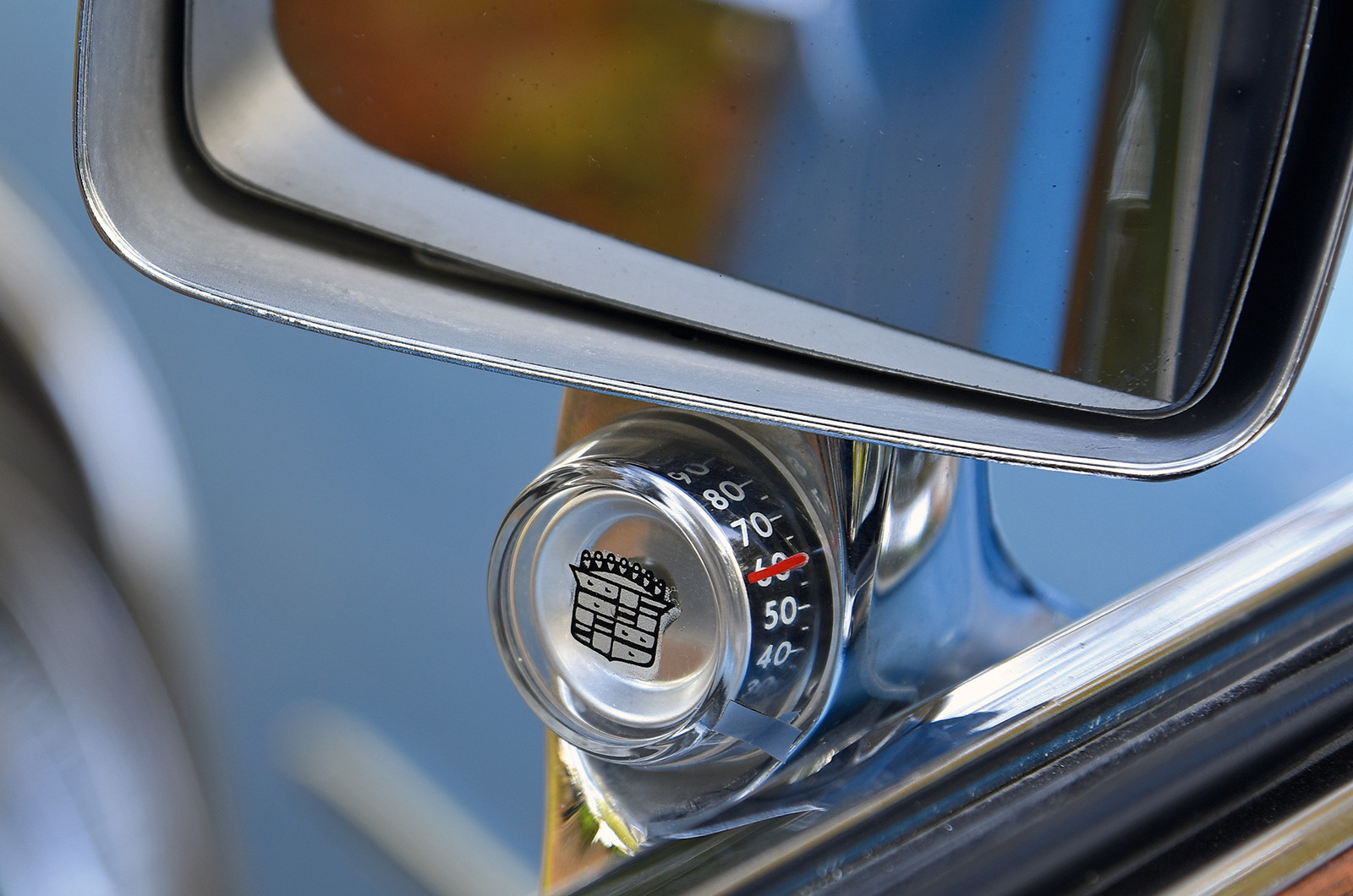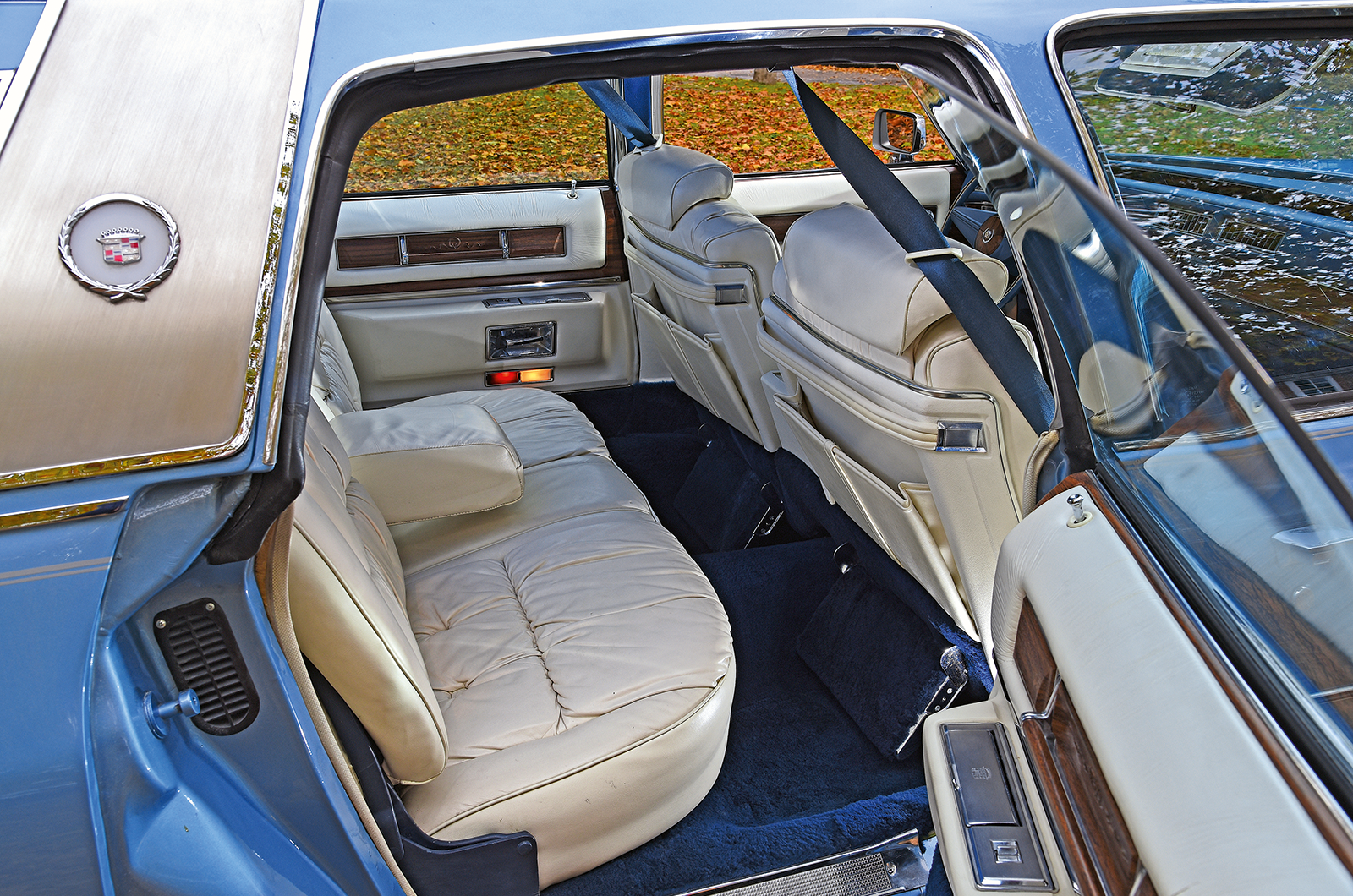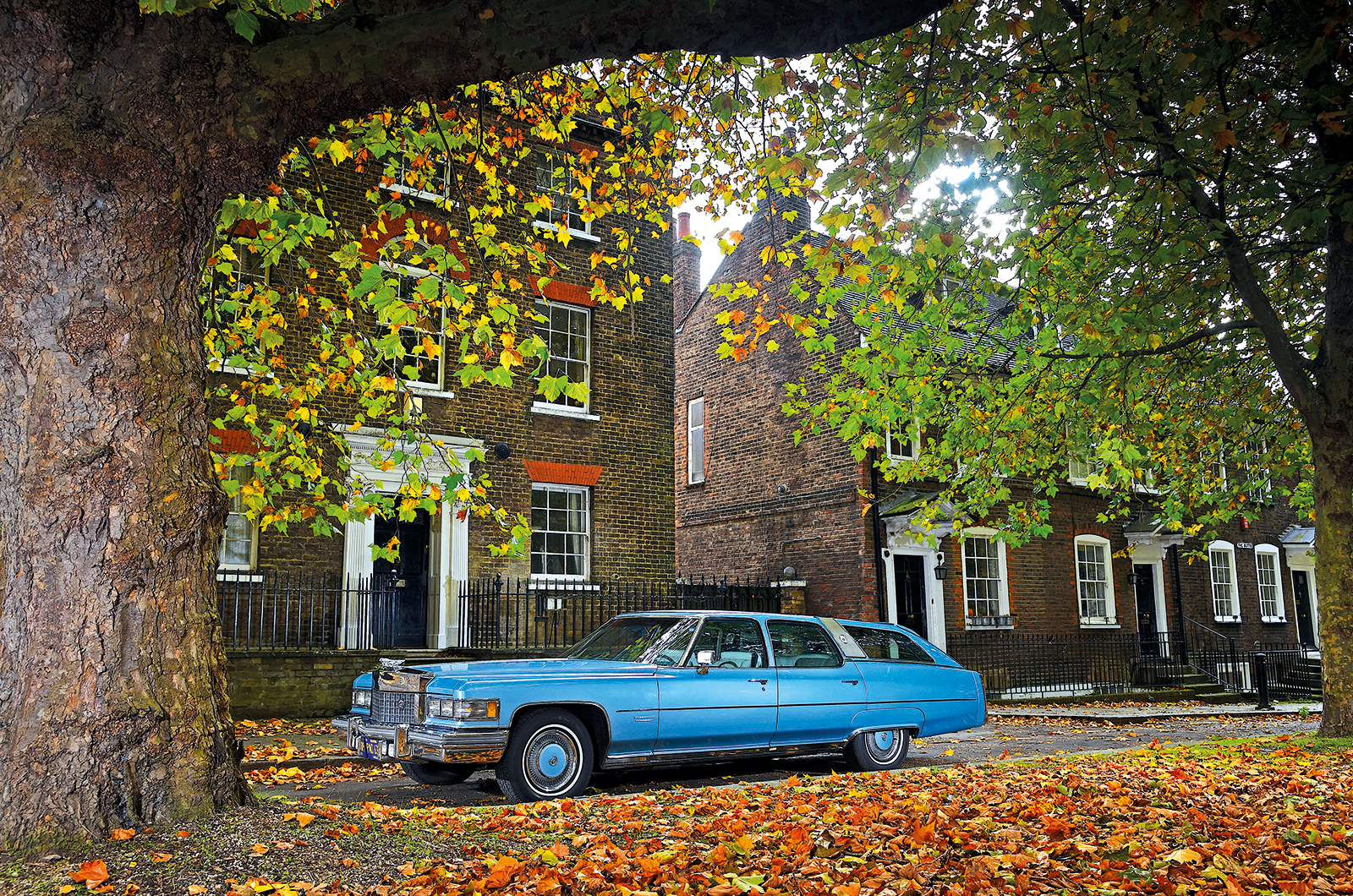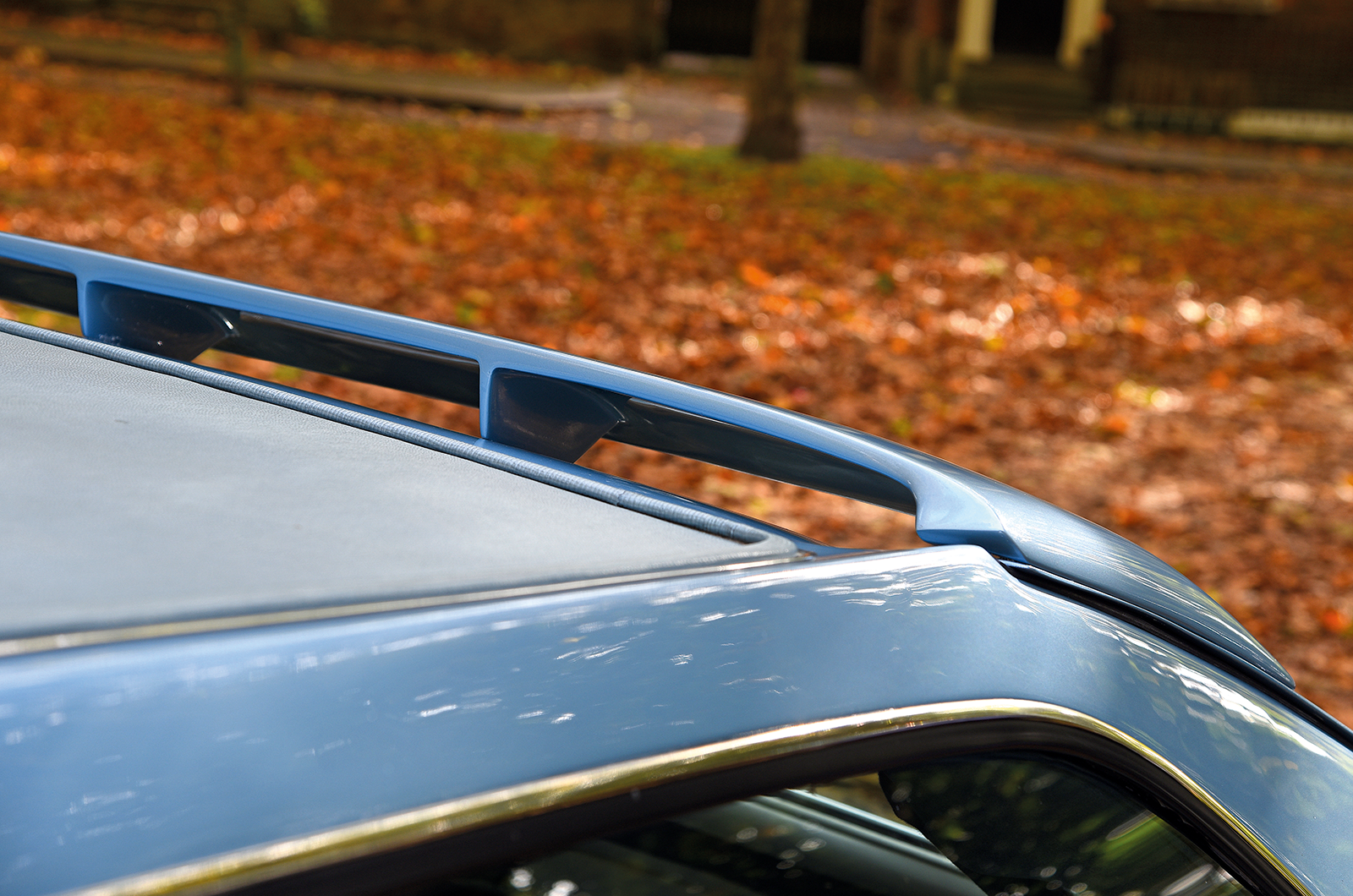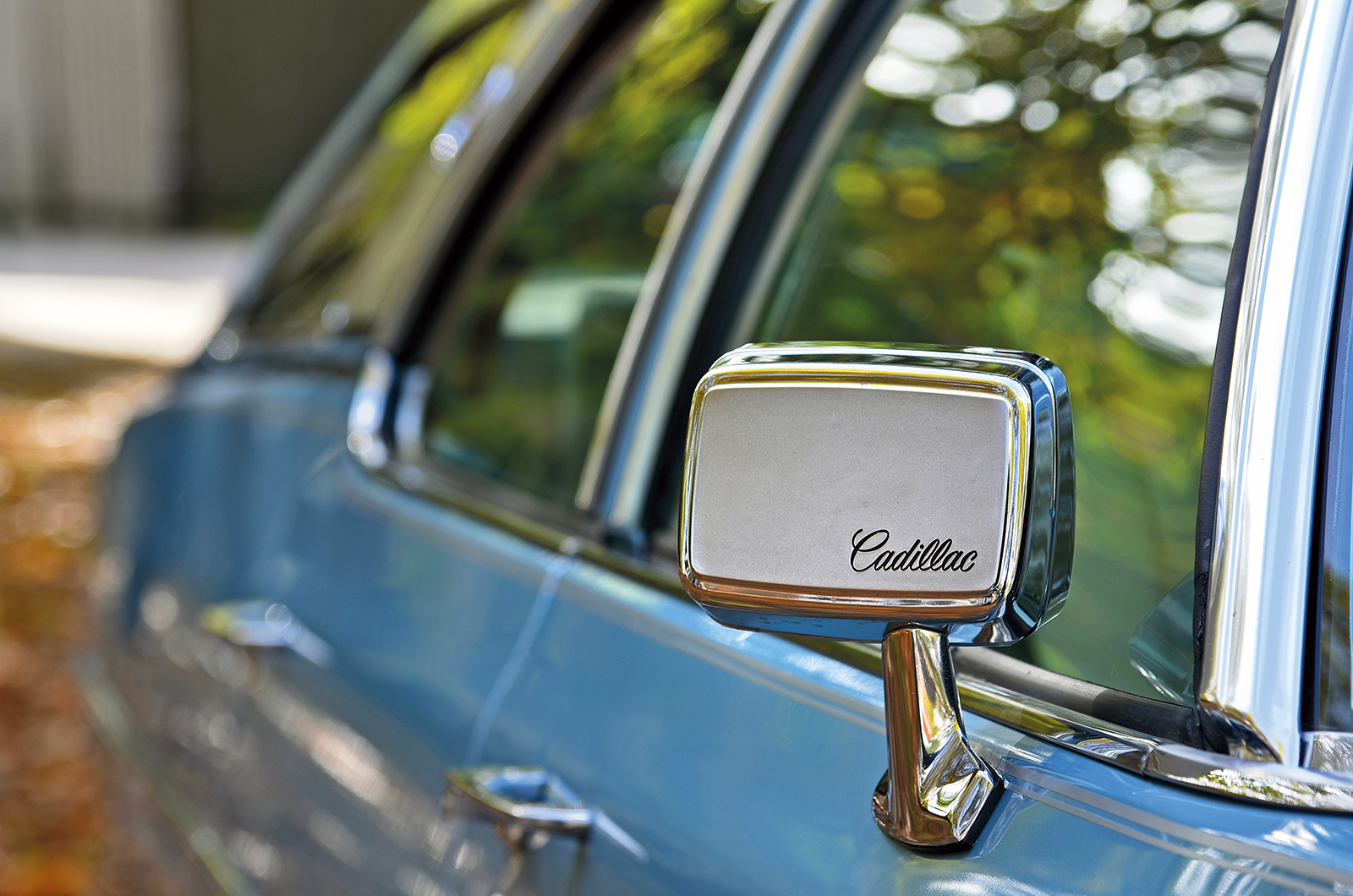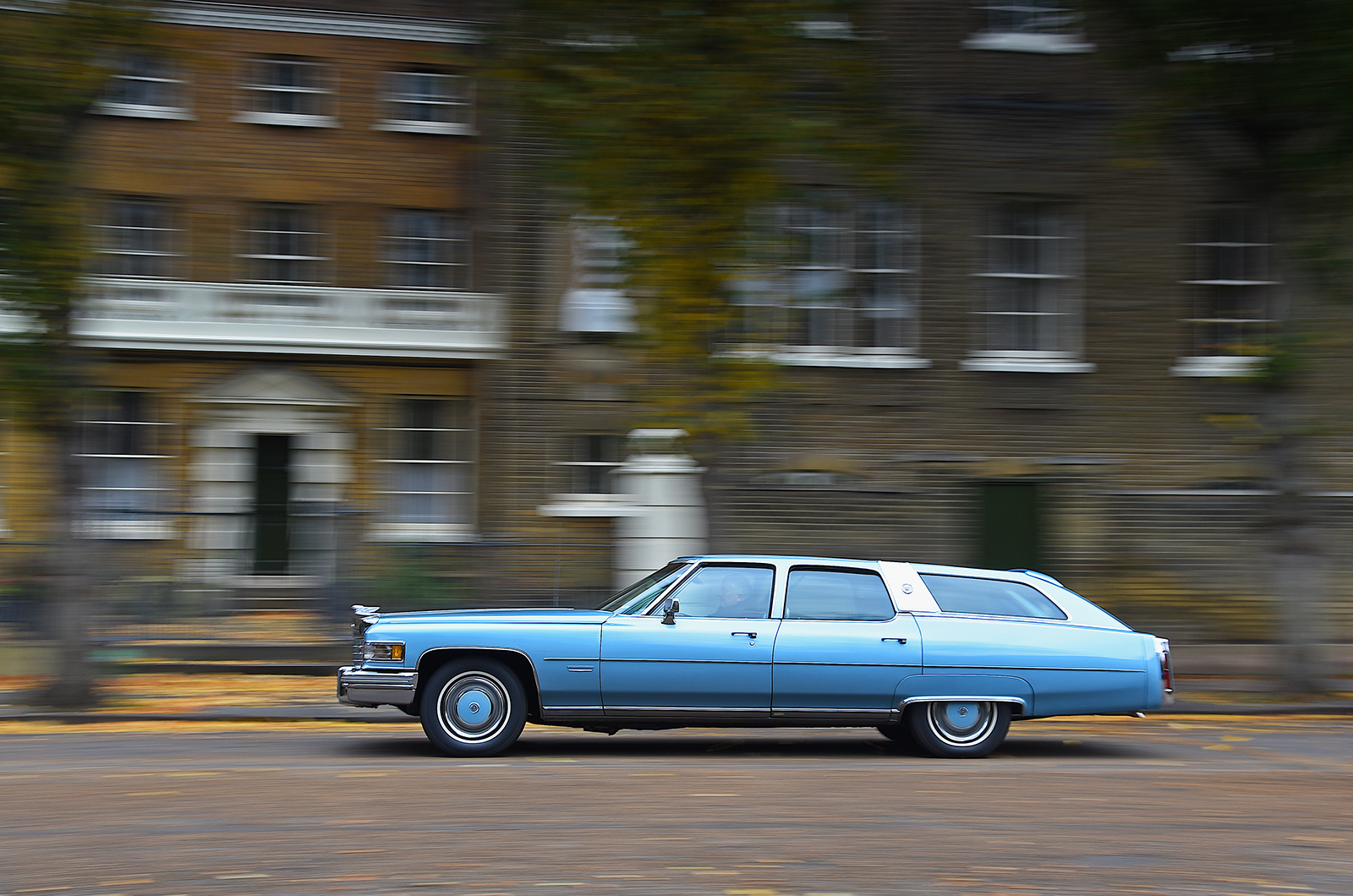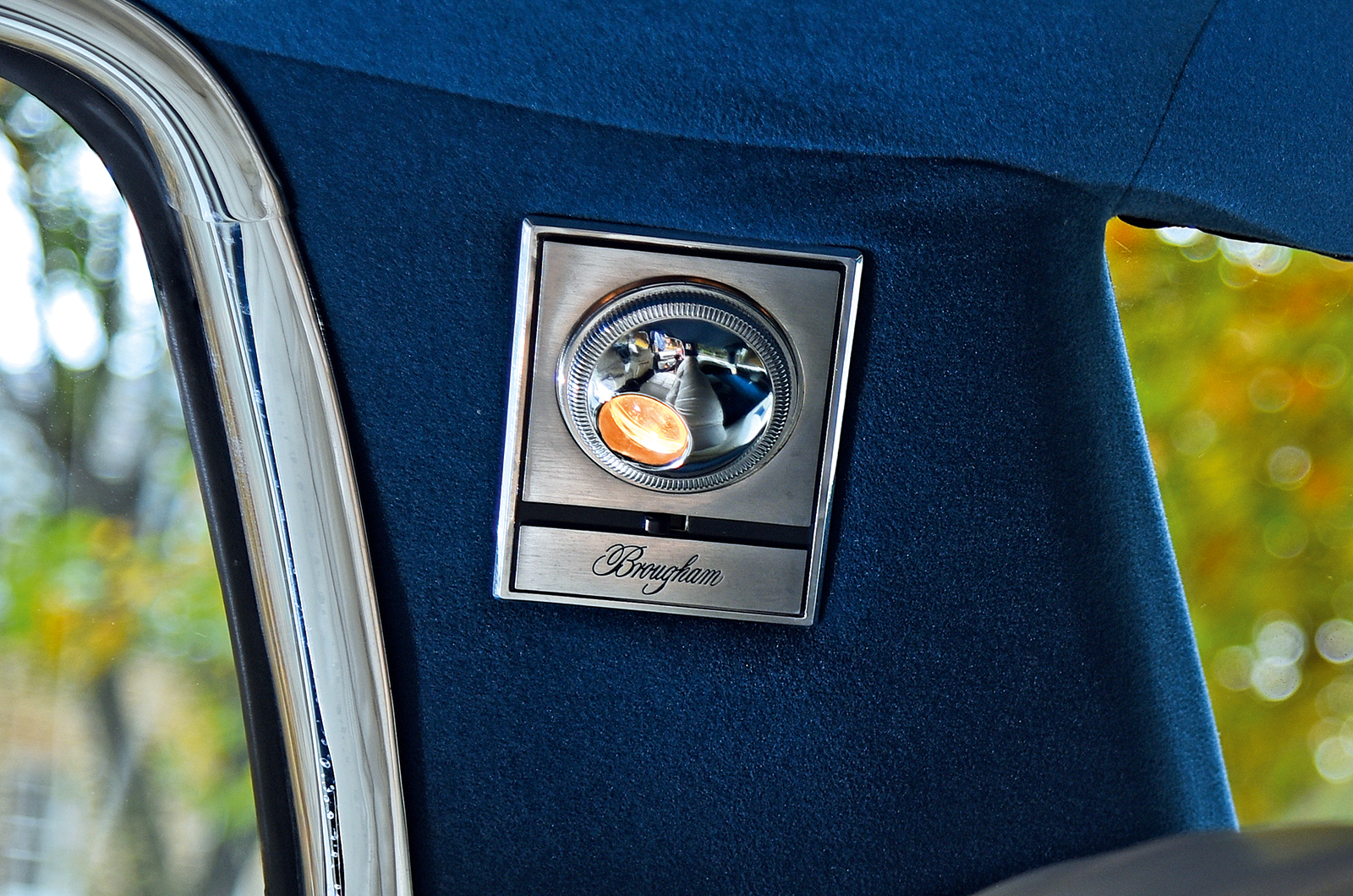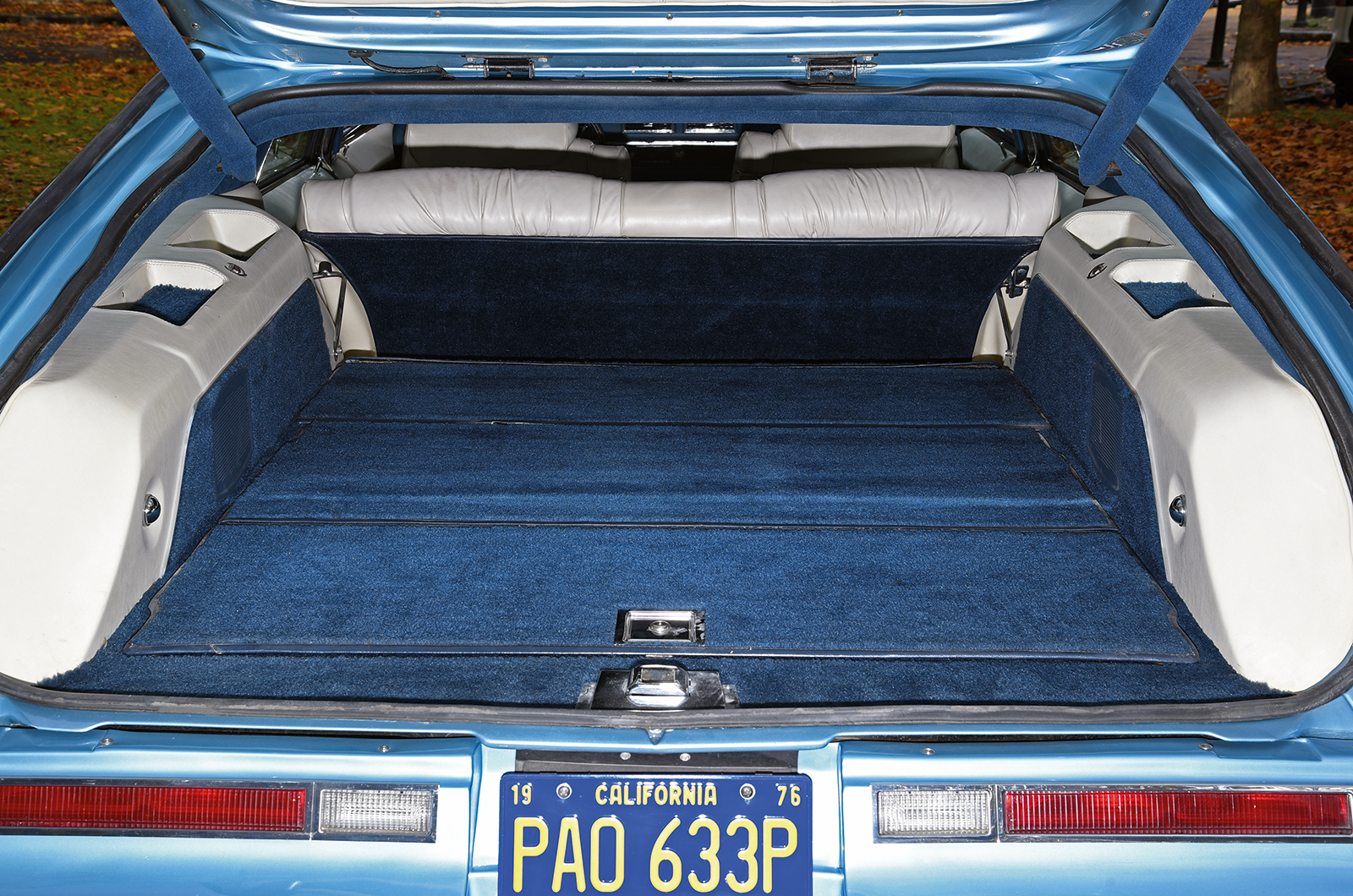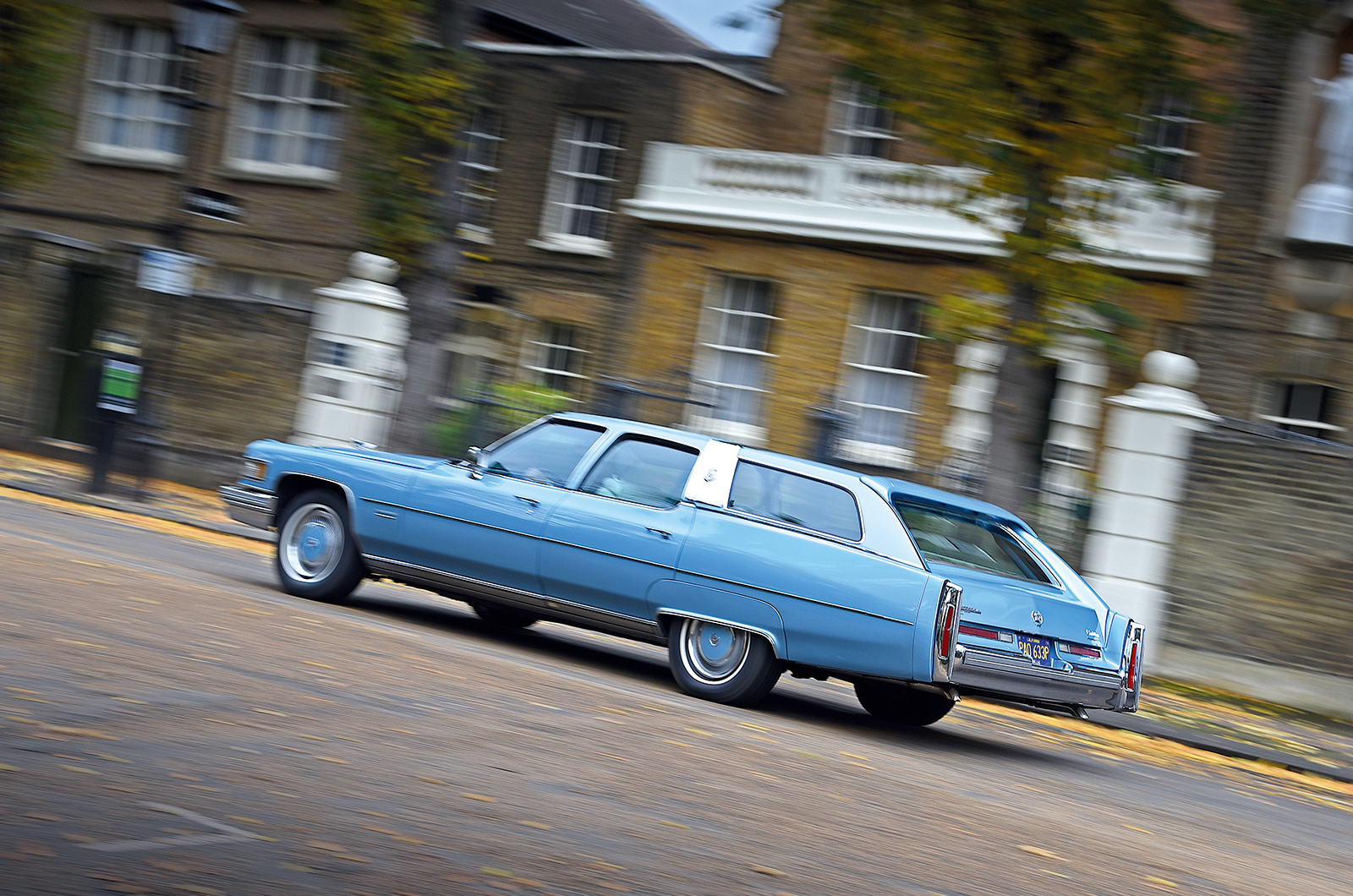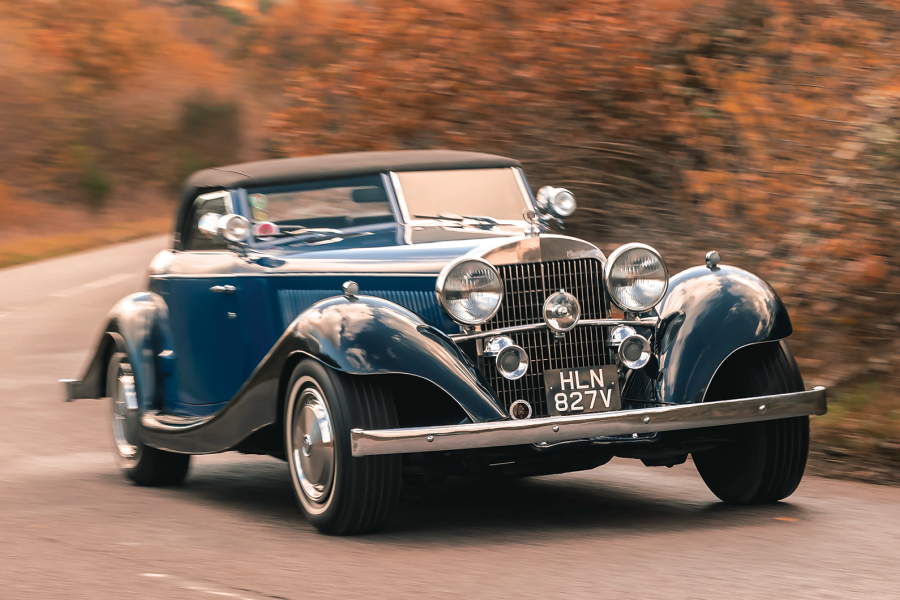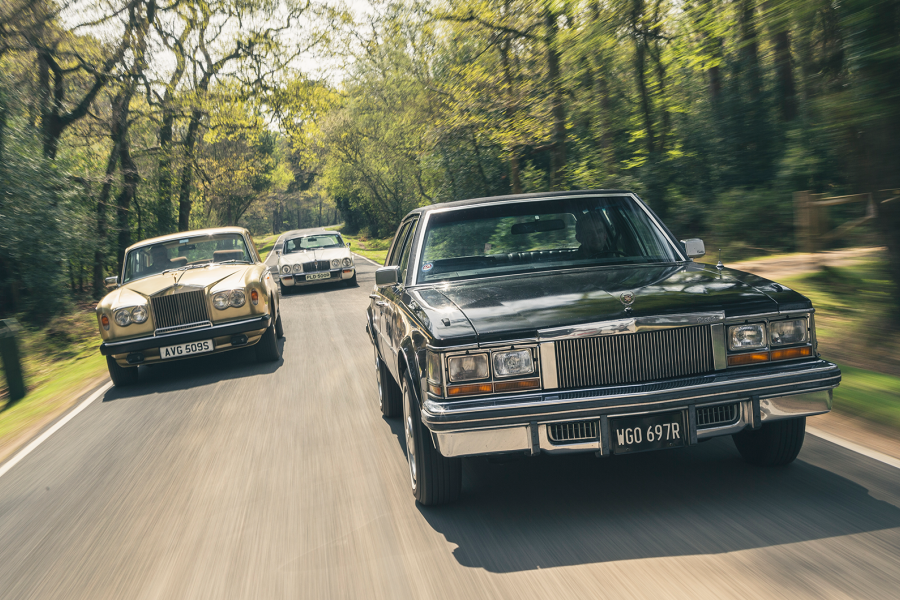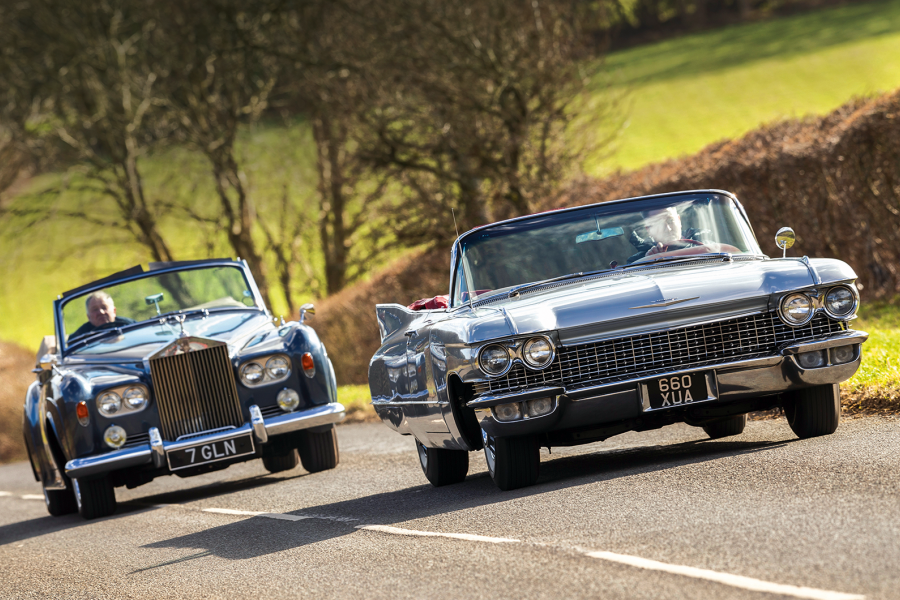The automatic ’box is completely unobtrusive, as is the ride with a sense of detachment from the surface and isolation from road noise that gives total comfort.
Although 190bhp sounds unimpressive, with 360lb ft of torque at 2000rpm the Cadillac at least feels brisk and smooth in traffic.
Cornering at anything above 25mph results in understeer and gently howling front tyres, but the inert steering is fairly high-geared so this massive machine doesn’t feel unwieldy: you soon acclimatise to the size, and after a while don’t even think about it.
The brakes are progressive, a far cry from the grabby drums found in older ‘full-size’ Yanks.
The high floor and large wheel wells intrude into the practical load bay
If you wanted a really good estate car in the 1960s and ’70s it had to be American.
The large engines and rugged construction of Detroit’s ultra-conservative body-on-frame engineering sat easily with the practicalities of family-hauling duties.
With the right options – big-block V8s and power everything – in many ways these wagons were the cars America did best in its golden age of excess.
‘You soon acclimatise to the size, and after a while don’t even think about it’
Where the Cadillac Castilian fits into that story I’m not quite sure, but as a car to illustrate the links between US coachbuilding and old-style Hollywood celebrity customers it must be one of the last of its kind.
It at least proves that not everything that emerged from the so-called ‘Malaise Era’ was rubbish.
Images: Will Williams
Thanks to DD Classics
Factfile
Cadillac Castilian Fleetwood Estate Wagon
- Sold/number built 1976/11
- Construction steel perimeter-frame chassis, steel body
- Engine all-iron, ohv 8194cc V8, with fuel injection
- Max power 190bhp @ 3600rpm
- Max torque 360Ib ft @ 2000rpm
- Transmission three-speed auto, RWD
- Suspension: front wishbones, anti-roll bar rear live axle, four links; coil springs, telescopic dampers f/r
- Steering power-assisted worm and peg
- Brakes discs front, drums rear, with servo
- Length 19ft 4in (5893mm)
- Width 6ft 6in (1981mm)
- Height 4ft 9in (1448mm)
- Wheelbase 11ft (3353mm)
- Weight 5600Ib (2540kg)
- Mpg 10
- 0-60mph 11 secs
- Top speed 110mph
- Price new $30,000
- Price now £30-50,000*
*Price correct at date of original publication
READ MORE
United estates: Buick Estate Wagon, Chrysler Town & Country and Ford Country Squire
Ex marks the spot: driving the Dodge Polara
15 cool classic hot estate cars
Martin Buckley
Senior Contributor, Classic & Sports Car
